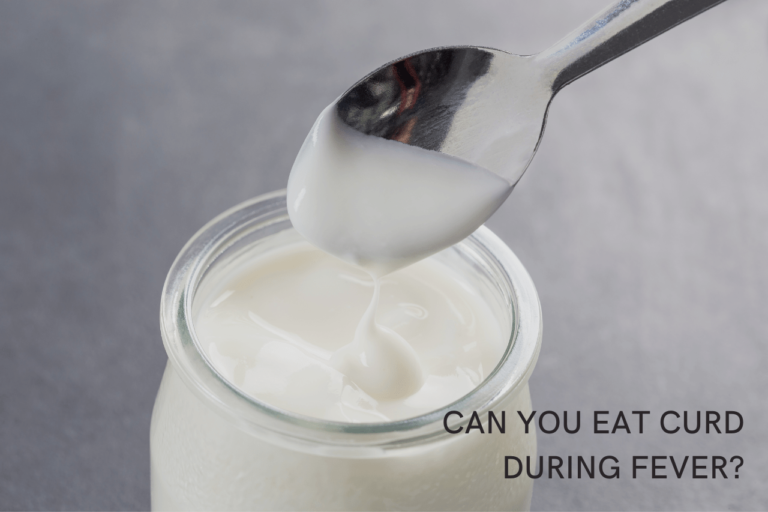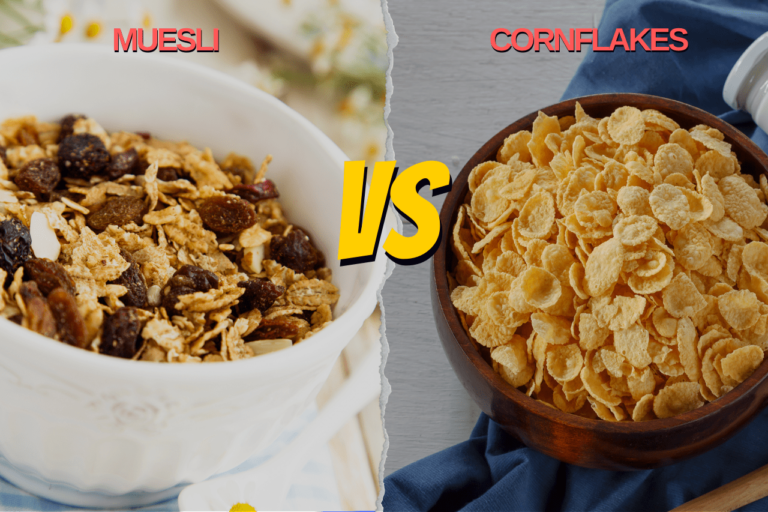Custard apple, also known as Cherimoya, is a delicious and sweet fruit that might seem like a good option for fruit lovers. However, what most people don’t know is that custard apple has a number of disadvantages which they should consider before eating it.
Here we’re going to take a look at some of the major disadvantages associated with this fruit that you may not know.
What is Custard apple?
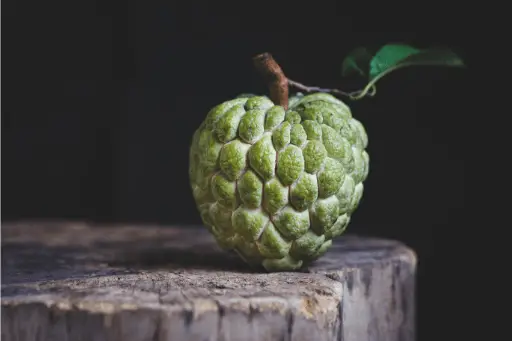
Custard apple, also known as caimito or sweetsop, is a flowering plant that belongs to the Annonaceae family. It’s native to the West Indies, Central America, and northern South America, but its edible fruit has been widely cultivated in other tropical areas.
The fruit is about the size of a softball, with a waxy, sweet, creamy white or pale yellow interior that is eaten raw and often used to make sherbet, ice cream, and juice drinks.
It is widely grown all across India and is known as “sitaphal” or “sugar apple” due to its sweet flavour.
Different parts of this plant are used in folklore medicine to treat boils, ulcers, maggot-infested sores, head lice, and skin exfoliation.
This fruit is also known as sharifas, Sita pazham, and sweetsop, depending on the region, and it has numerous health benefits:
Health benefits of custard apple include:
- It’s high in antioxidants like flavonoids, carotenoids, and vitamin C.
- It contains lutein, which is beneficial to your eyes.
- Potassium and magnesium, found in custard apples, help keep blood pressure in check.
- It includes a lot of vitamin C, which helps to strengthen your immune system.
5 Disadvantages of custard apple
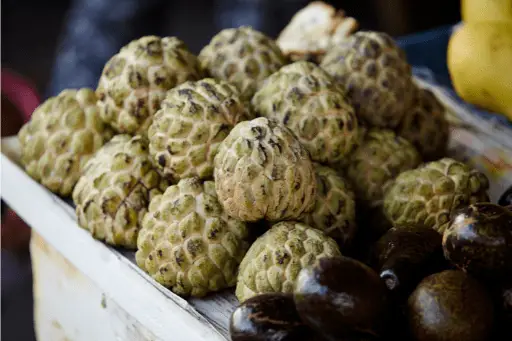
High dose of potassium
Custard apple is a good source of potassium, containing about 618mg in 1 cup (250g), about 18% of the daily recommended potassium intake.
While potassium is essential to your health, getting too much of it can be worse than not getting enough.
Excessive consumption of custard apples can result in excess potassium in your body, causing your heart to beat irregularly and a heart attack in the worst-case scenario. It can also cause other issues like dehydration, Addison’s disease, and internal bleeding.
It could spoil your weight-loss efforts
Most people get enough calories from their diet already, and adding a custard apple on top of that will increase your daily calorie intake.
Custard apples are bad for weight loss, especially for people trying to lose weight. One cup of custard apple contains 235 calories, which may cause you to gain weight rather than lose weight.
Fiber is not always good
Fiber is an essential part of any diet, and you must be eating it from other foods. Eating 1-2 custard apples will significantly raise your intake of fiber.
One cup of custard apple (250g) contains about 11g of fiber, which is about 44% and 28% of the daily fiber requirement for men and women, respectively.
Experts agree that fiber is an essential part of any diet, but what happens if we consume too much of it?
Consuming too much fiber in a short space of time is not recommended. It can cause bloating, gas, constipation, and cramping.
Eating more than 70 grams of fiber per day is not advised by experts and can lead to side effects.
Avoid custard apple seeds
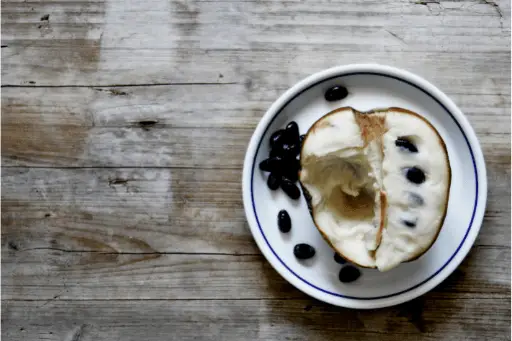
One of the most major disadvantages of custard apple is the seed inside. According to a study, Custard apple seeds are highly irritant and toxic to human corneal epithelium (the cornea’s protector) and conjunctiva (the eye’s protection and lubrication). It may also cause severe eye injury, possibly leading to blindness.
Furthermore, according to study the patients should also be informed about the toxicity of custard apple seeds and their potential to cause blindness.
That’s means while eating custard apple, you need to be careful about not eating its seeds.
Iron can be your enemy
Custard apple is an iron-rich food without a doubt. A daily serving of 1.5 to 2 custard apples provides more than 8% of the daily iron requirement.
However, you should be aware that iron is one of those nutrients that the body has no easy way to eliminate. This means that if your body becomes overloaded with iron, you will be unable to get rid of it. The only most effective way to get rid of iron is blood loss.
Eating Custard apples in excess may overload your body with iron, which can cause side-effects like vomiting, diarrhea, and damage to the intestine and other organs. Also, consuming too much iron over time can harm your heart and liver.
Final words
The custard apple is a delicious, sweet fruit that many people enjoy. The only thing you need to be careful of is not eating too much of it and not eating the seeds.
With this knowledge, I know that you can make the most of your Custard apple and ensure that you enjoy it safe and sound.
If you have any questions, let us know in the comment section.
FAQs
Custard apples are delicious at any time. To be on the safe side, eat it after breakfast or during lunch. Avoid eating it right before bedtime because you never know how it will react with your body.
Custard apples should be eaten when they are soft. Cut the fruit in half and spoon out the white flesh to eat. Make sure that all of the seeds have been removed.
The Custard Apple should be moist and sweet-smelling. It can be stored in the refrigerator for three days once ripe.
When we look at the glycemic index of custard apple or sitaphal, we can see that it is safe to eat for people with diabetes because it has a low glycemic index and will not cause blood sugar levels to rise.
Yes, you can eat the skin of a custard apple, but it isn’t necessary. Because of its bitter taste, most people avoid eating it.
Custard apples are high in dietary fiber, which may help prevent constipation. It’s important to gradually increase your fiber intake over a few weeks rather than eating it all at once.
Custard apple contains minerals such as manganese, vitamin C, fiber, and potassium, making it a safe choice for heart patients.

